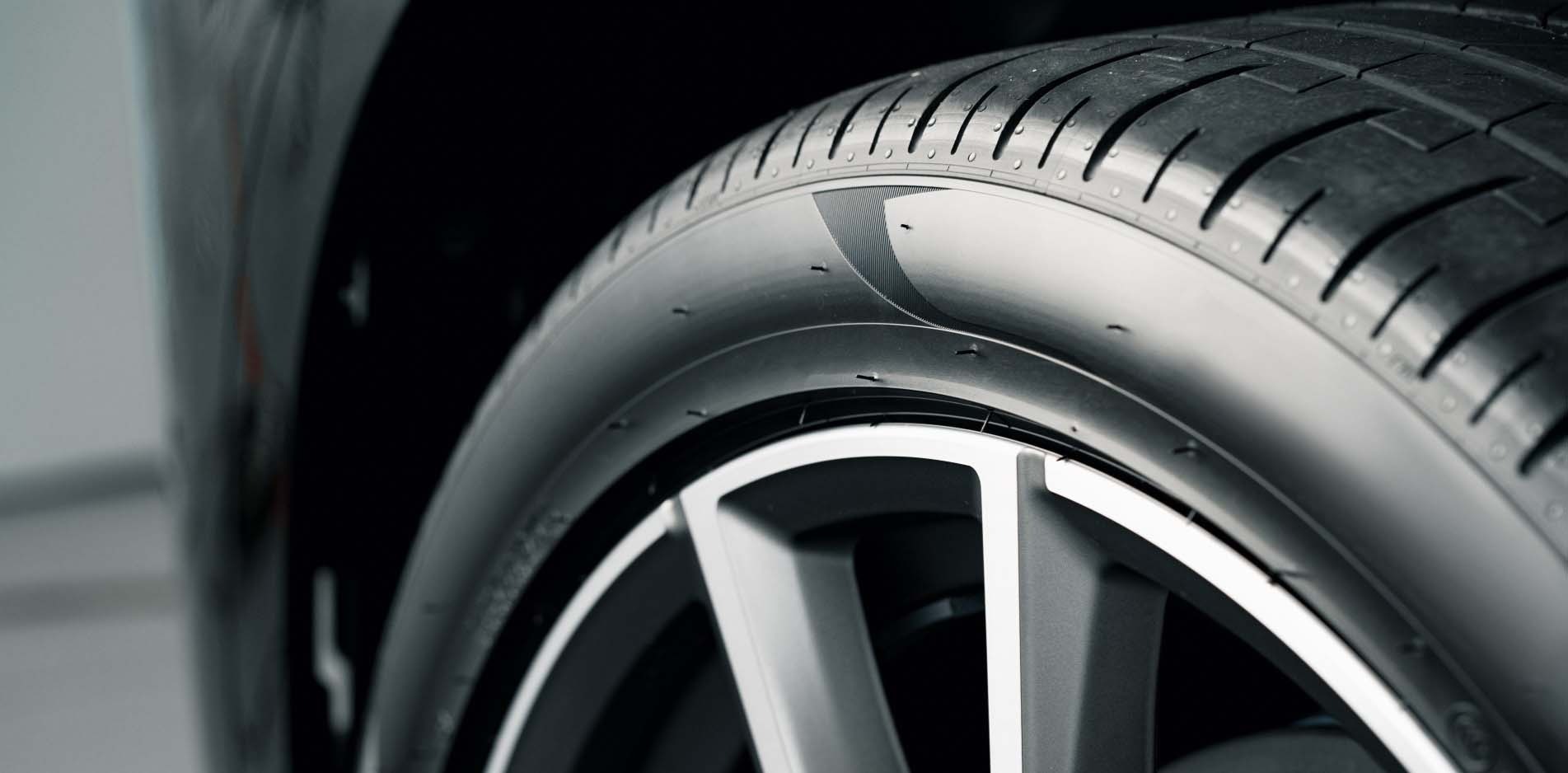Car Tyres and Their Numbers: Everything You Need to Know
How to read the markings on your tyre.
Every tyre on your car has a set of numbers and letters embossed with the format looking something like this:
205 – The first three numbers tell you the tyre’s width in millimetres from sidewall to sidewall.
41 –The second two digits tell you the tyre’s sidewall height expressed as a percentage of the tyre width. Here, for instance, it shows the tyre height is 41% of its width.
R – The single letter indicates the tyre construction. R tells you that it’s a radial construction; the most common nowadays. Other types are ‘B’, meaning Bias Belt, and ‘D’, meaning Diagonal.
17 – The last two digits state the wheel’s diameter. This tells you the wheel rim size in inches.
Other digits on the tyre, located after the markings explained above, show the tyre’s load index and speed rating.
W84
W – The letter tells you what speed rating the tyre has. Below is the table that shows you the speed ratings. So, W means a speed rating of 168 mph.
84 – This tells you the maximum weight the tyre can hold, known as the Load Index. Below is the table you can use to see the Kg for the load index stated on your wheel.
Other markings on the wheel show the brand of the wheel, pattern name, country of manufacture, tyre wear indicators, manufacturing date code and European ECE type approval.
How To Check Tyre Tread Depth
Tyre tread depth markings are found on every tyre. They are essential indicators to show you a tyre’s tread is too low.
The markings are in the tread itself; when the tread is level with this marking, it’s time to replace them. You must check these monthly as bald tyres are dangerous, and illegal and can lead to a hefty fine.
Not only can you use the tread depth markings, but you can also use a 20-pence piece to see how low it is. You insert the 20p in the tyre tread, and if it’s higher than the banded edge on the coin, then your tread is at a safe depth; however, if it’s lower than the band, you need to get the tyre replaced.
Tyre Pressure and How to Check Them
Checking your tyre pressure at least once a month is essential for road safety as well as increasing the life span of your tyres.
Tyre pressure is usually higher at the front than the rear due to the engine and transmission's extra weight at the front. You can find the tyre pressure chart in your vehicle manual or on a sticker on the driver’s side inside the door. The pressure will be shown in two measurements, Bar and PSI.
Modern vehicles from 2014 onwards will have tyre-pressure monitoring systems already installed. This became mandatory in the EU in November 2014. The cars will monitor the tyre pressure for you and warn you when they are too low or too high.
To check your tyre pressure, you can go to a fuel station and use the air pressure machines. You remove the valve caps and set your pressure in either Bar or PSI, then hold the nozzle on the valve until it shows the correct pressure; it will usually beep when it gets to the right pressure.
If your tyre pressures are too low, this will increase friction which causes them to overheat and lead to increased wear and punctures. If the pressures are too high, it will cause more rapid wear in the centre, reducing contact with the road, making your engine work harder, and increasing fuel consumption.
How to find the right tyres for your car.
At Perrys, we offer a tyre service to find and fit tyres. All you need to do is type in your number plate and postcode, and we will match the tyres to your vehicle. Be sure to check that the tyre numbers match the ones on your current vehicle. You can also search by the tyre details to get more accurate search results. Click here to search for tyres.
Tags: *Car_Tyres *Tyres *Tread_Depth *Tyre_Numbers *Tyre_Markings


